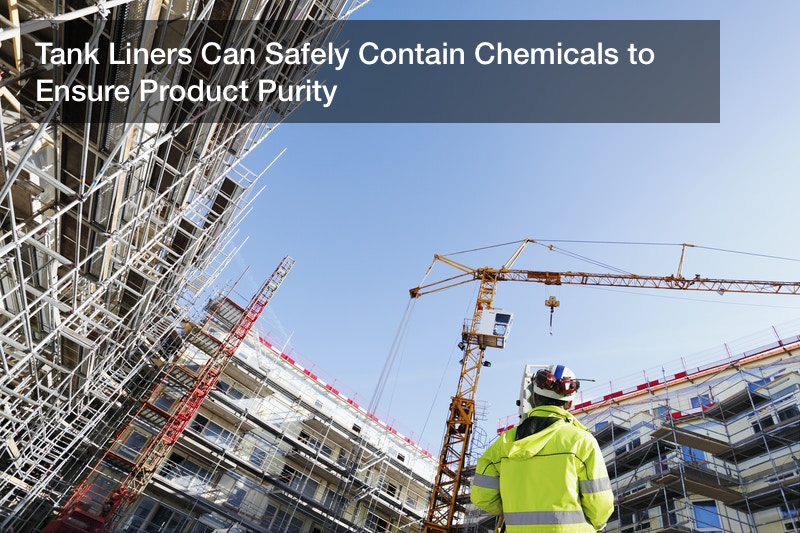
Tank liner is essentially a material used to coat the inside of storage tanks to prevent its interior metal or concrete surface from keeping contact with the stored material. Liner products are available in different materials, and their preference is based on the type of storage tank — concrete or metal and the type of chemical being stored inside the tank.
Let us look at how tank liners perform, and the common materials used to make them as well as, the types of tanks needing tank liners.
Key Benefits of Using Tank Liners
Primarily, a tank liner is used to protect your tank. However, they also serve other important functions.
- Chemical and water intergrity tank liners are used to maintain the quality of water particularly for industrial and domestic use. And preserve the integrity of chemical liquids and other stored products. A tank liner forms a protective barrier between the tank surface and the stored material.
- Weather resistance Liner products are designed to absorb heat and radiation from the sun, thus protecting sensitive chemicals inside the tank.
- Prevent Leaks Storage tanks are made of metal or concrete, and after long exposure to natural elements, water will start leaking through the tank to the stored materials. Concrete naturally absorbs moisture through tiny holes and water storage tank liners can help seal leakages. Metal tanks, on the other hand, rust over time and become permeable to water. Using tank liner help to prevent that from happening and keeping the content inside the tank uncontaminated.
Materials Used to Make Different Liner Products
Tanks liners are made from a range of materials. Here are the most common ones.
Epoxy Novolac Tank Lining is commonly used for onshore tanks and pipelines carrying different products petrochemicals, solvents, and chemicals. It’s a chemical liner designed to protect the inside of the tanks and storage structures while preserving product purity and integrity. For a company, this also means reduced cost of pigging and pumping costs.
Polyurethane materials for plating tank liners
A common water storage tank liner for concrete tanks. This tank liner has excellent flexibility over other liner products thanks to its perfect blend of plastic and rubber materials. Polyurethane tank liners feature steel-backed plates that improve their structural integrity.
Zinc-made tank liner is made using zinc silicate additives to offer excellent anti-corrosion and waterproofing capabilities. It’s a non-porous tank liner that resists solvent thus suitable for lining solvent tanks. But not ideal for chemical tanks as it’s non-resistance to strong acids and bases.
Polyurea tank liner material
A unique material used for making tank liners. Polyurea tank liners come in a gel-like-form and are applied using specialized tank lining spraying equipment. This liner offers excellent flexibility, strength and protection as a tank liner and can be customized for specific applications.
Vinyl Ester Tank Liners
Fabricated from vinyl materials, this tank liner provides outstanding resistance to chemical contamination and temperature resistance.
Water and chemical storage can be effective with tank liners that prevent leakages and infiltration. There are an array of liner products and they each have unique properties for varying effectiveness. Choose the right product for your tank based on your specific factors.
